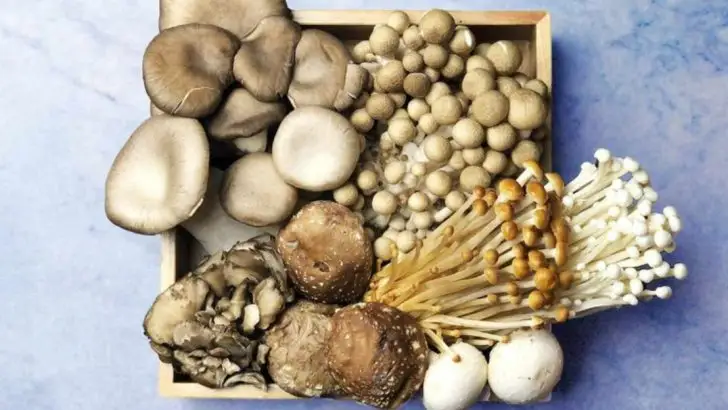Your snack jar just got a superhero upgrade—no capes needed! Crunch a handful of radish coins that zing like fireworks, or nibble ribbons of cucumber so crisp they spark a flavor riot. Think broccoli florets packed with power, yet so light they float through your diet like a polite guest. Imagine cauliflower rice that sneaks nutrients into every spoonful, while clocking almost zero calories on your tracker. Then there’s zucchini—those green torpedoes of vitamins— and sugar snap peas, popcorn-popping with fiber flair. Don’t forget lettuce leaves that act like edible boats for your favorite toppings, or celery stalks that crackle under your bite like living drumsticks. Load your plate with leafy kale, watercress with peppery punch, and Swiss chard that brightens bowls without weighing you down. Stick in jicama for a sweet-crunch twist, and swirl bell pepper strips that glow in every hue. These 16 veggie champs are your zero-calorie, nutrient-packed allies. Snack boldly—your body will thank you!
Spinach
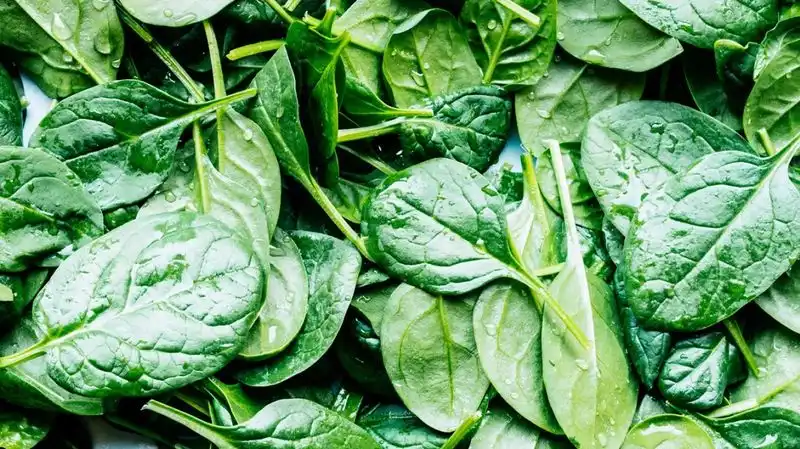
Spinach, the vibrant green leafy vegetable, is renowned for its impressive nutrient profile. Just a cup of spinach contains a mere 7 calories and an abundance of vitamins A, C, and K, along with iron and calcium. Its delicate, tender leaves make it a versatile addition to salads, smoothies, and cooked dishes. Whether you’re enjoying it raw or cooked, spinach’s subtle flavor complements a variety of meals.
Did you know? Spinach was made famous by Popeye, the cartoon sailor who attributed his strength to this leafy green. Its association with strength is not far off, given its iron content.
Cucumber
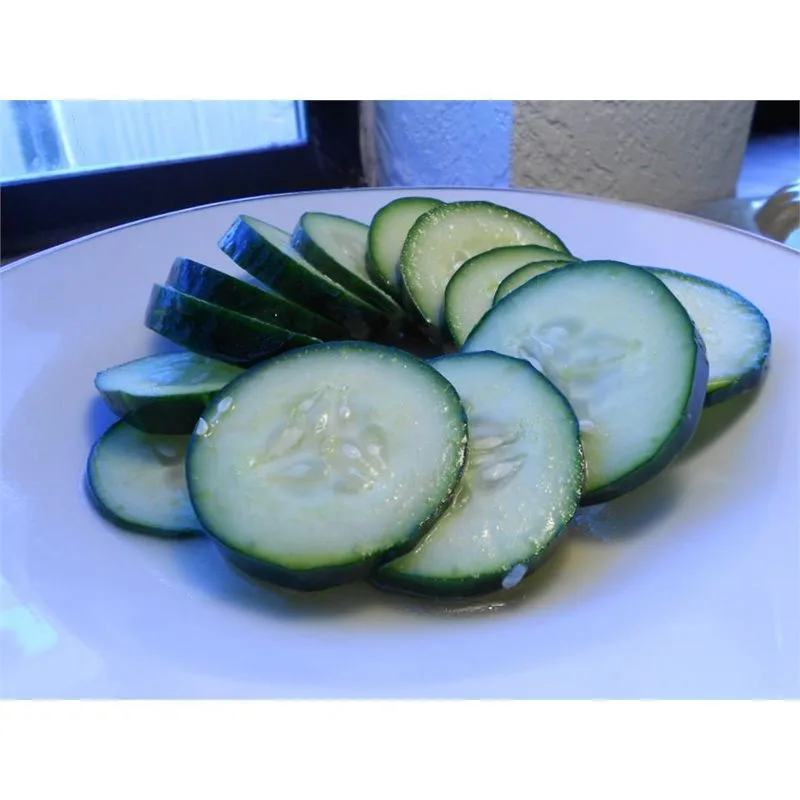
Cucumbers are the quintessential refreshing vegetable, perfect for hydrating on hot days. With only 16 calories per cup, cucumbers are primarily composed of water, making them incredibly low in calories yet high in hydration. Their crisp texture and mild flavor are beloved in salads, sandwiches, and as crunchy snacks.
Fun fact: Cucumbers belong to the same botanical family as melons, which explains their subtle sweetness. Their versatility extends beyond the culinary, often used in spa treatments as soothing eye patches.
Celery
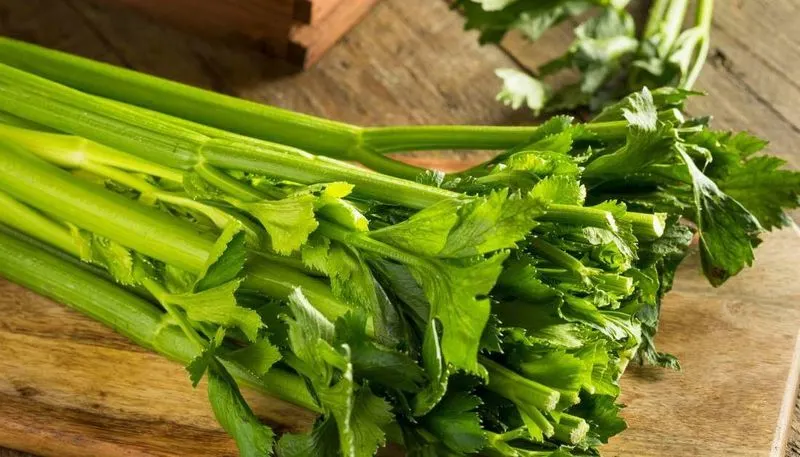
Celery is celebrated for its crunchy texture and low-calorie count, clocking in at just 10 calories per stalk. It’s a popular choice for those seeking a guilt-free snack that satisfies the need for crunch. Celery is also rich in vitamin K, folate, and potassium, contributing to overall health.
Interestingly, celery is often cited as a “negative-calorie” food, meaning that the calories burned in digesting it are more than the calories it provides. This makes it a diet-friendly option for weight-conscious individuals.
Lettuce
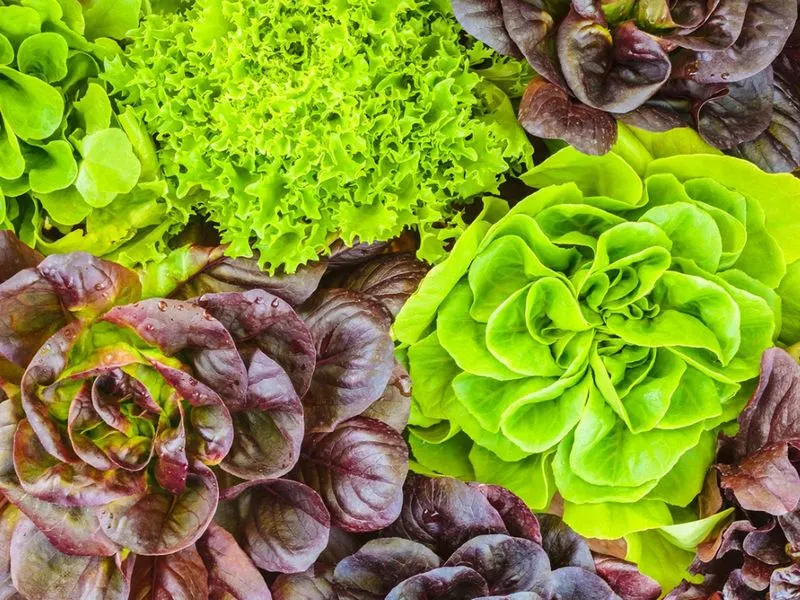
Lettuce, a staple in salads, is as diverse as it is nutritious. With types ranging from crisp iceberg to buttery Bibb, lettuce offers just 5 calories per cup. It provides vitamins A and K, along with a satisfying crunch. Whether you’re crafting a classic Caesar salad or a creative wrap, lettuce forms a refreshing base.
Historically, lettuce has been cultivated since ancient Egyptian times, used not only for food but also for its purported medicinal properties. Today, it’s a symbol of healthy eating across the globe.
Zucchini
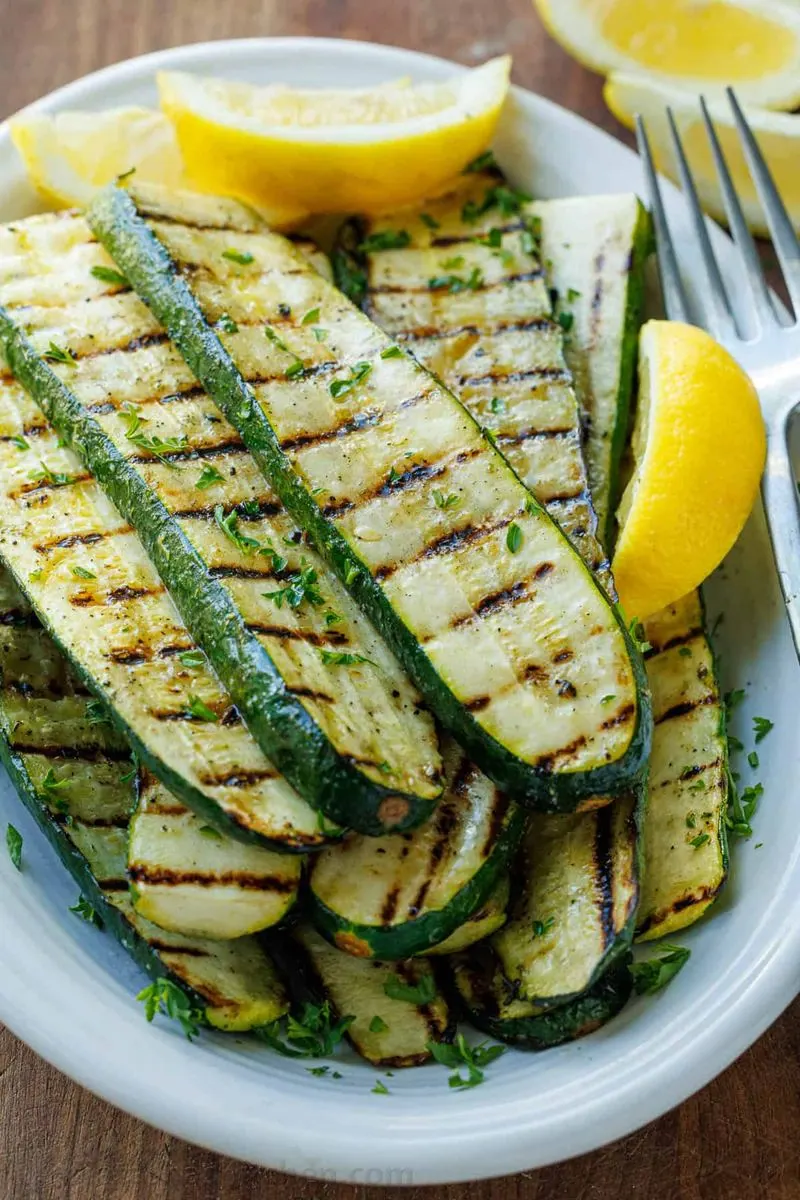
Zucchini is a summer squash loved for its mild flavor and culinary versatility. With only 19 calories per cup, it’s a guilt-free addition to dishes. You can enjoy zucchini raw, grilled, or spiralized into noodles for a low-carb pasta alternative.
Quirky fact: In Italy, zucchinis are known as “courgettes,” and their blossoms are considered a delicacy. These edible flowers offer a unique addition to gourmet dishes, reflecting the vegetable’s diverse uses in cooking.
Radishes
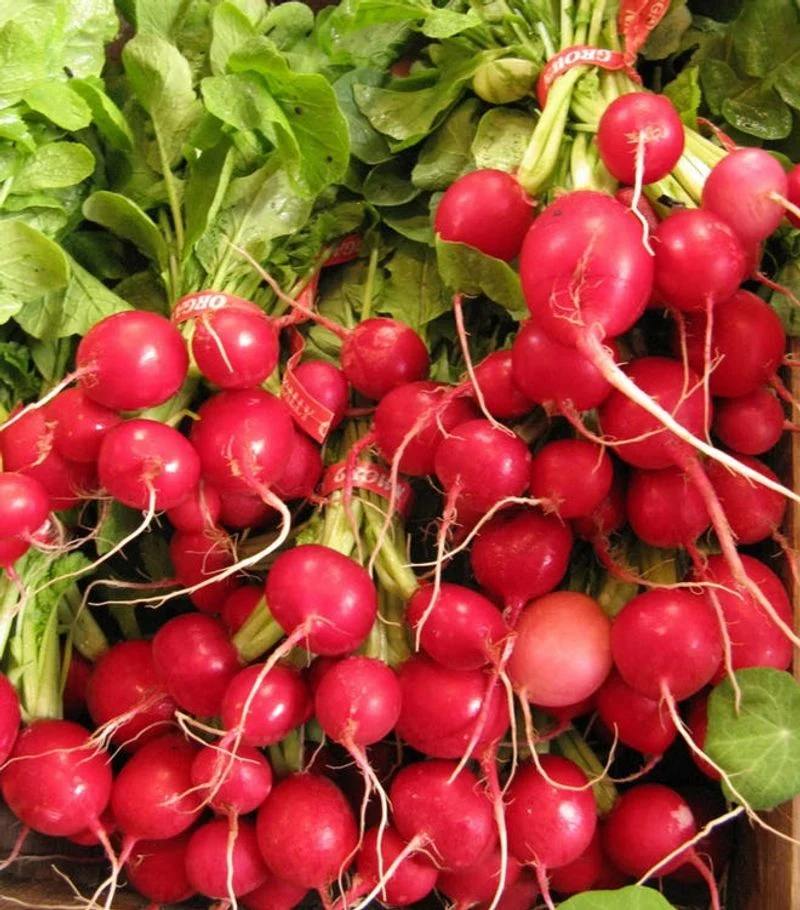
Radishes stand out with their peppery crunch and vibrant color. At just 19 calories per cup, these root vegetables add zing to salads and dishes. Beyond their bite, radishes are rich in vitamin C and antioxidants.
Trivia tidbit: Radishes were used by ancient Egyptians as a food staple and were even paid as wages to workers building the pyramids. Their historical significance is as colorful as their red skins.
Broccoli
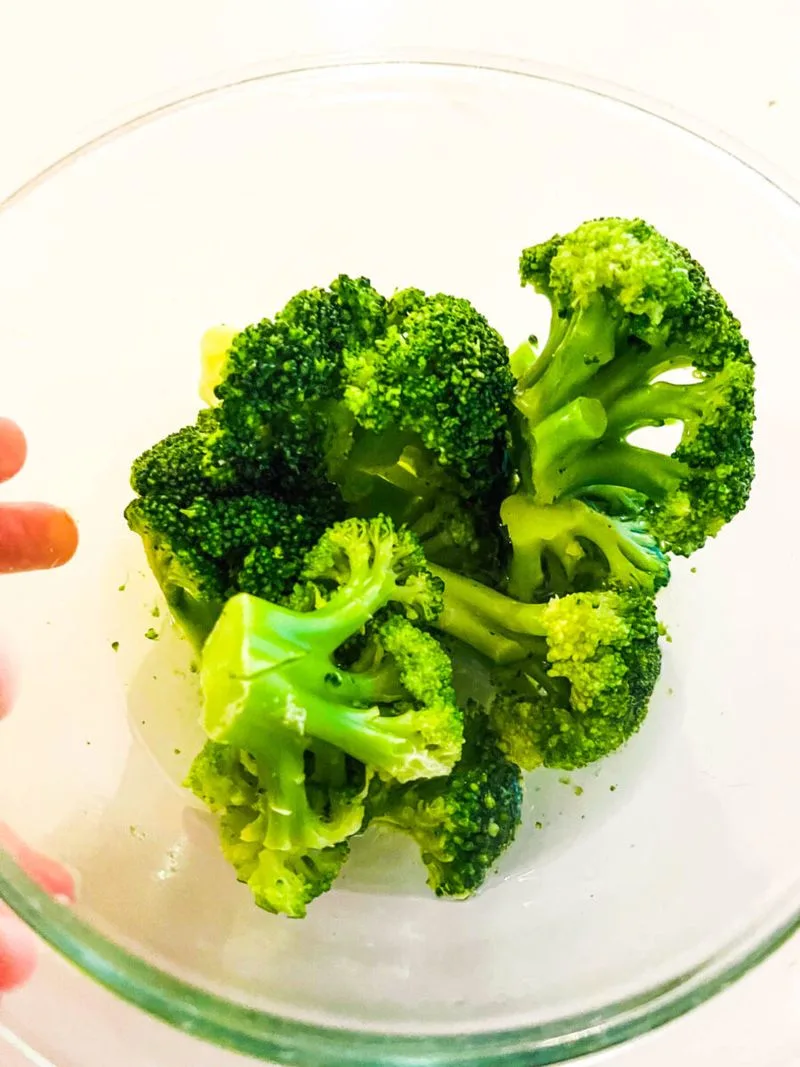
Broccoli, the tree-like vegetable, is a nutritional powerhouse with only 55 calories per cup. Packed with vitamin C, vitamin K, and fiber, broccoli supports immune health and digestion. Its slightly bitter taste mellows when cooked, making it a favorite in stir-fries and roasted dishes.
Interestingly, broccoli belongs to the cruciferous family, sharing lineage with cabbage and kale. Its rich history traces back to Italian culinary traditions where it was first cultivated.
Cauliflower
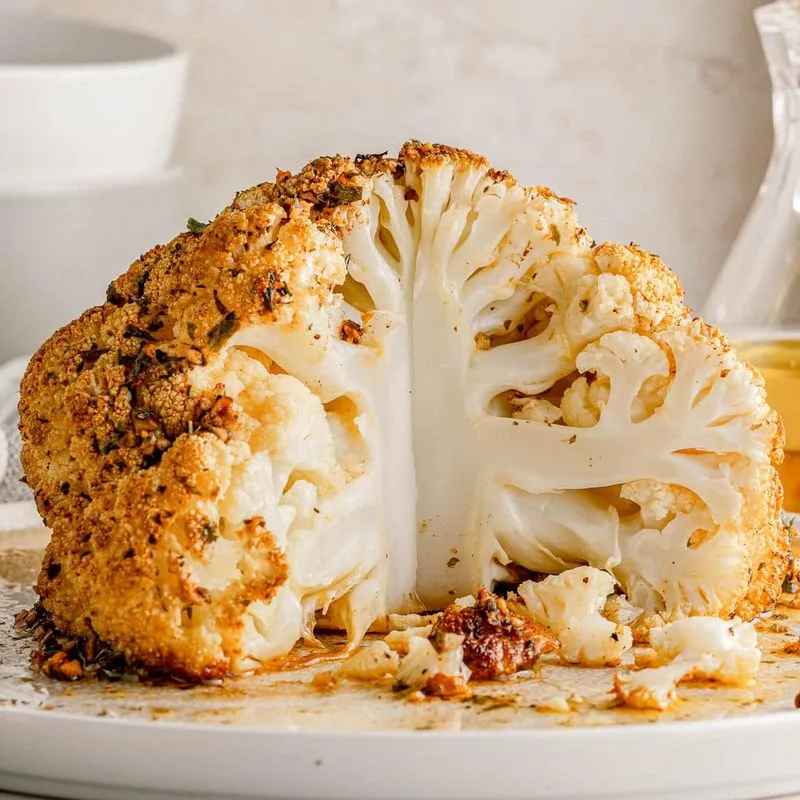
Cauliflower has risen to stardom as a versatile low-calorie substitute for grains and starches. With 25 calories per cup, it’s a keto-friendly favorite. You can transform it into rice, mash, or even pizza crust, making it a staple in low-carb diets.
Did you know? Cauliflower comes in various colors, including purple and orange, each with unique antioxidants. This adds a splash of color to your plate while maintaining its health benefits.
Asparagus
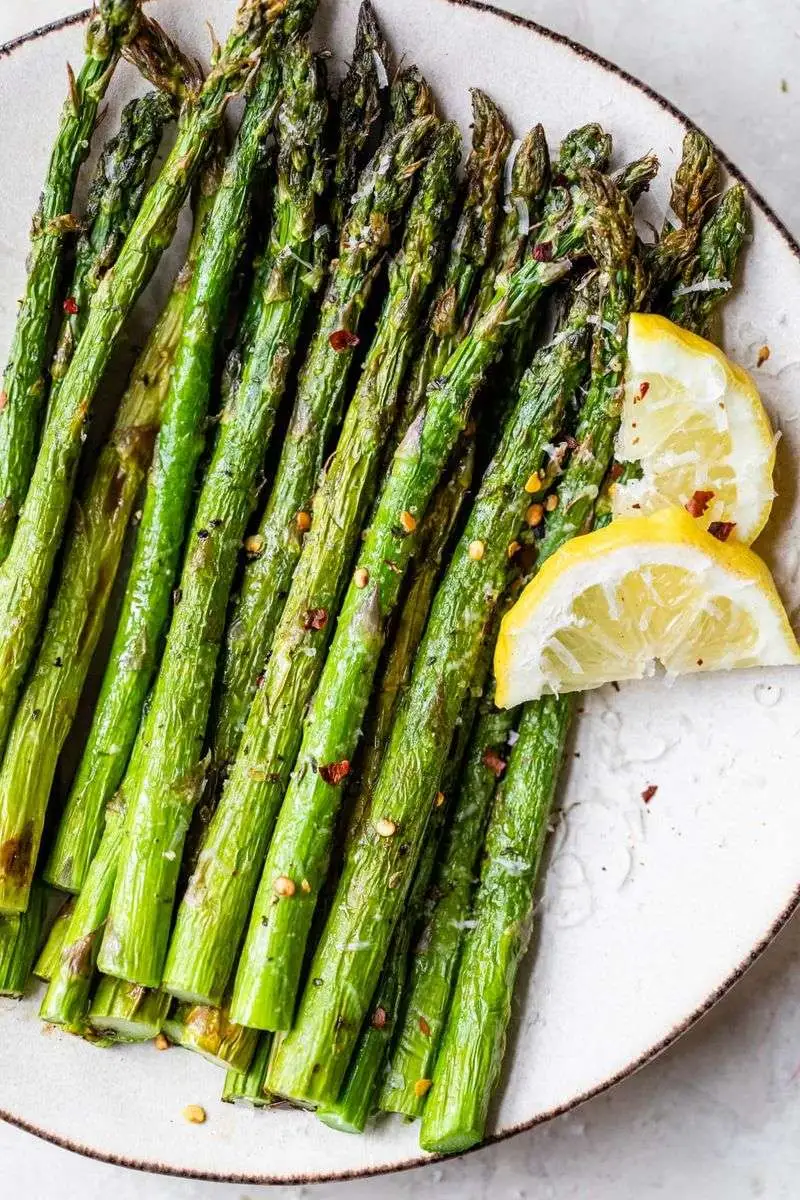
Asparagus is a springtime delicacy known for its slender spears and exquisite taste. At just 27 calories per cup, it’s a low-calorie delight loaded with folate and vitamins A, C, and K. Asparagus can be roasted, steamed, or grilled, enhancing its natural flavors.
Fun fact: Asparagus was once considered a luxury vegetable in Europe, served only at royal tables. Today, its subtle, nutty taste is enjoyed by all, symbolizing the arrival of spring.
Bell Peppers

Bell peppers bring vibrant color and sweet flavor to any dish. With just 24 calories per cup, they’re a low-calorie source of vitamins A and C. Whether red, yellow, or green, these peppers add a crisp, juicy bite to salads and stir-fries.
Did you know? The color of a bell pepper indicates its ripeness and nutritional content. Red peppers are the most mature and contain the highest levels of vitamins and sweetness.
Arugula
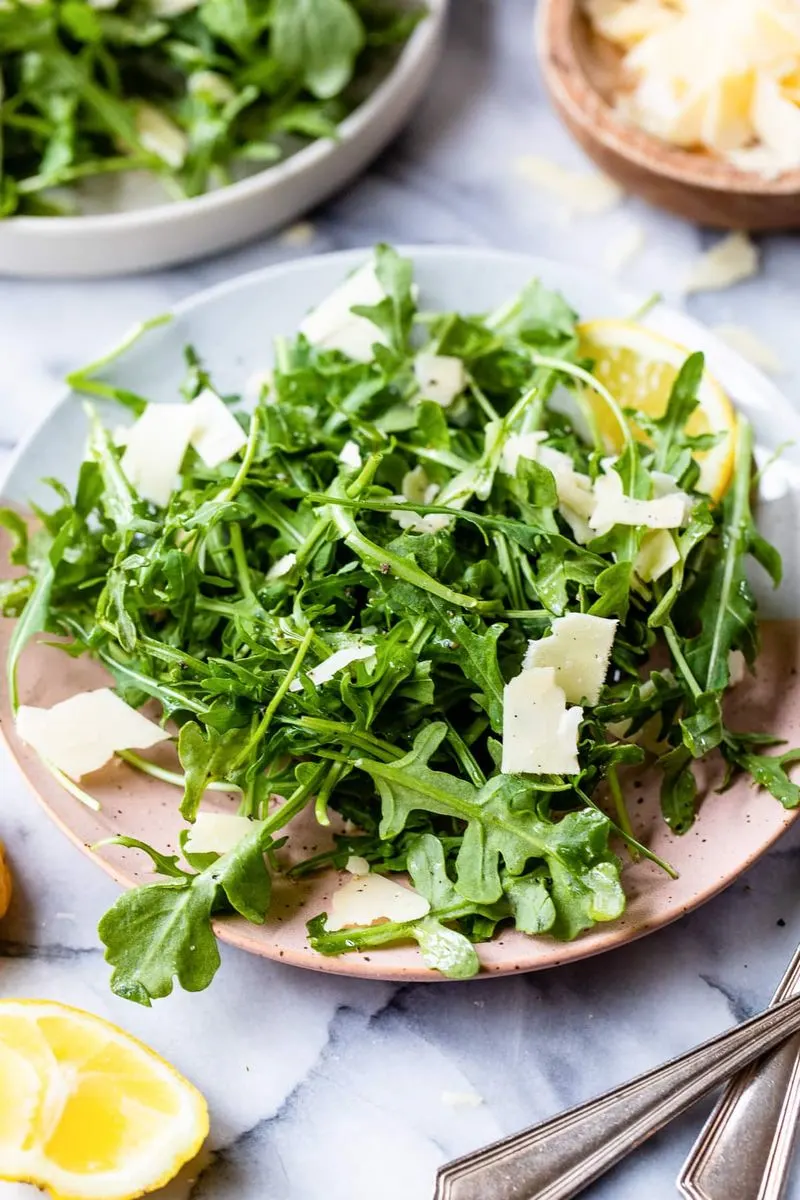
Arugula, with its peppery flavor, adds a bold twist to salads. This leafy green contains only 5 calories per cup and is rich in calcium, potassium, and folate. Its distinctive taste pairs well with sweet fruits and nuts, creating a balanced flavor profile.
Interestingly, arugula was highly valued by ancient Romans for its purported aphrodisiac properties. Today, it continues to spice up dishes with its unique taste and nutritional benefits.
Brussels Sprouts
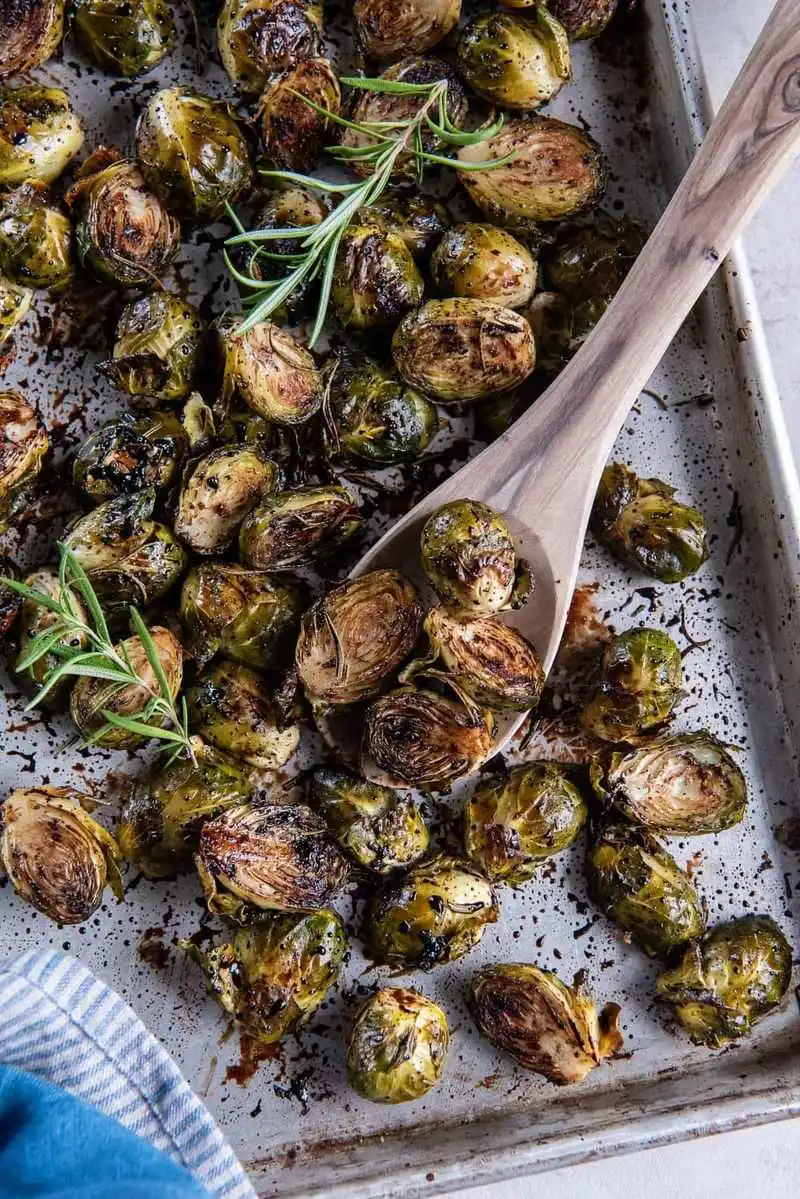
Brussels sprouts are miniature cabbages that pack a nutritious punch. With 38 calories per cup, they are rich in fiber, vitamin K, and antioxidants, supporting heart health and digestion. Whether roasted or steamed, their nutty flavor pairs well with savory dishes.
Trivia: Brussels sprouts originated in Belgium, which is where they get their name. Their cultivation dates back to the 16th century, adding a touch of European history to your plate.
Cabbage
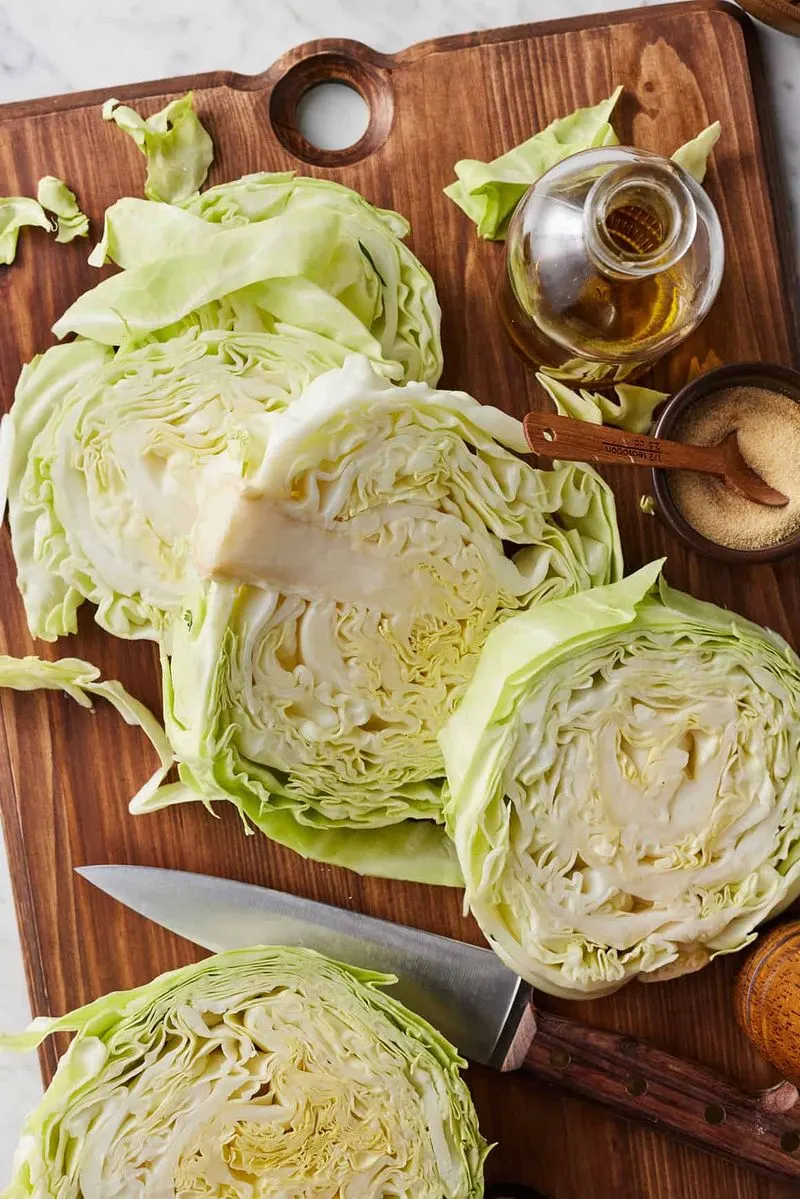
Cabbage is a versatile vegetable found in many global cuisines. With just 22 calories per cup, it’s low in calories but rich in vitamin C and fiber. Whether in slaws, soups, or fermented into sauerkraut, cabbage’s crunchy texture is a delight.
Did you know? Cabbage has been cultivated for over 4,000 years and was hailed for its medicinal qualities by ancient Greeks. Its longevity as a staple food speaks to its adaptability and health benefits.
Kale
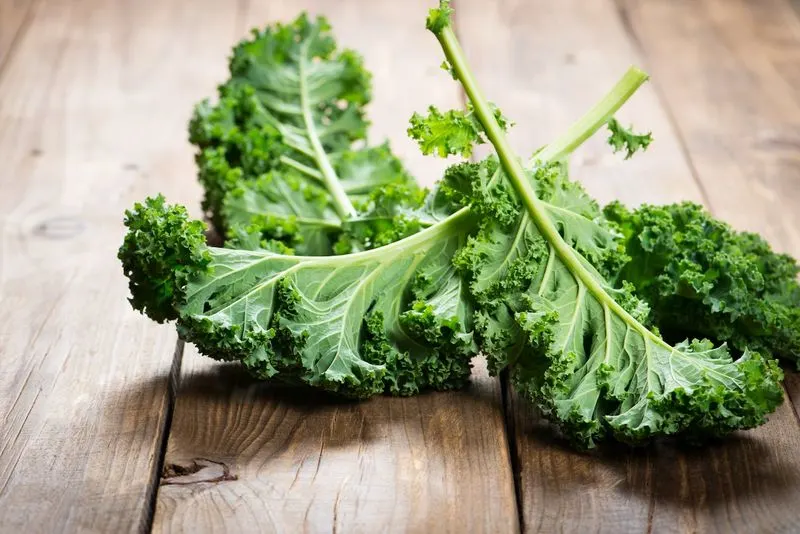
Kale, the darling of the health world, boasts a robust nutrient profile with only 33 calories per cup. It’s packed with vitamins A, C, and K, as well as calcium and antioxidants. Kale’s slightly bitter taste and hearty texture make it perfect for salads, soups, and smoothies.
Fun fact: Kale is part of the same family as broccoli and cabbage, known as the brassicas. Its superfood status is well-earned, making it a staple in health-conscious kitchens.
Green Beans
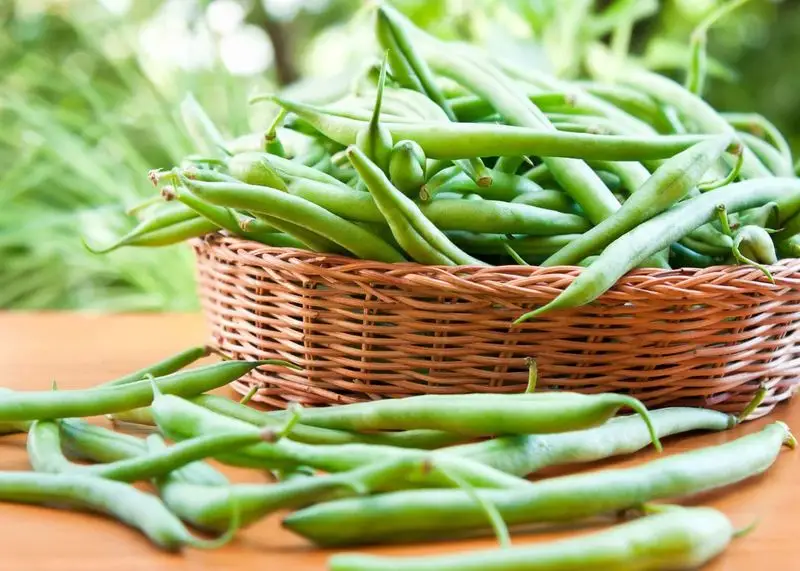
Green beans, also known as string beans, are a staple in many households. With just 31 calories per cup, they’re a low-calorie source of fiber, vitamins C and K, and folate. Green beans’ fresh, crisp texture is perfect for sautéing or steaming.
Did you know? Green beans are one of the few vegetables that are universally enjoyed in both their mature and immature forms. Their versatility and mild flavor make them a beloved addition to various dishes.
Mushrooms
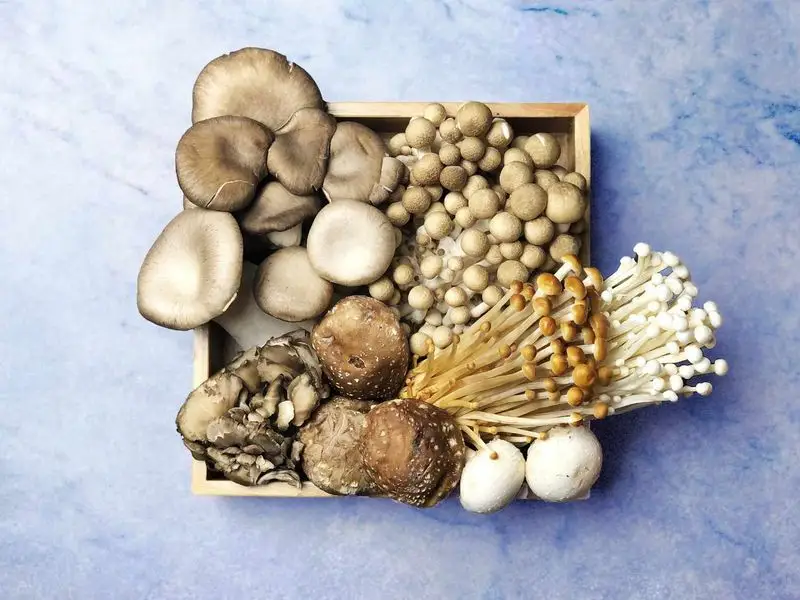
Mushrooms are unique among vegetables for their umami flavor and low calorie count, with only 15 calories per cup. They’re a good source of B vitamins, selenium, and antioxidants. Mushrooms’ earthy taste enhances pastas, pizzas, and soups.
Fun fact: Mushrooms are technically fungi, not plants, and have been used in traditional medicine for centuries. Their diverse types and flavors make them a culinary favorite worldwide.

